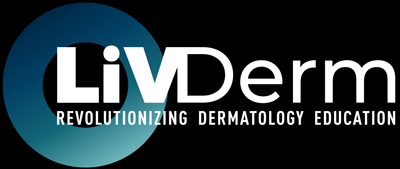The third Wednesday in November is Botox Cosmetic Day, a great opportunity for patients to enjoy promotions on this popular aesthetic treatment. Botox Day is also a good time for medical aesthetics professionals to reflect on what makes Botox (botulinum toxin type A) so widely trusted, and to examine the ways it has evolved from a wrinkle-softening injectable into a multi-purpose staple in the dermatological toolkit.
Botox: The Versatile Injectable
As a cosmetic treatment, Botox offers a quick and effective way to soften crow’s feet, frown lines, and forehead creases for a smoother, refreshed look. Beyond aesthetics, it has a long history of therapeutic use, including indications for chronic migraines, muscle spasms, arthritis, and bladder dysfunction. It has also gained traction as a non-surgical pain management option.
First used medically to treat strabismus (crossed eyes), Botox’s cosmetic potential was discovered in 1987 when Canadian ophthalmologists Dr. Jean Carruthers and Dr. Alastair Carruthers observed that injections used for blepharospasm also softened forehead wrinkles. Since its initial therapeutic approval in 1989 and cosmetic approval in 2002, Botox has steadily grown in popularity. In 2024, neuromodulator injections ranked as the number one minimally invasive cosmetic procedure, marking a 4% increase from the previous year.
Cosmetic Artistry Meets Clinical Innovation
Because of its flexibility, modern dermatology practices now use Botox as both an aesthetic and clinical tool. In addition to strategies like sunscreen, hydration, good skin hygiene, and effective skincare, Botox injections remain a reliable option for treating glabellar lines and improving facial aesthetics. It is also increasingly used as a preventative aesthetic procedure, particularly among patients seeking early, subtle maintenance.
At the same time, Botox has demonstrated effectiveness in managing dermatologic concerns beyond aesthetics, including hyperhidrosis, rosacea-related flushing, and excess oil production. Its use for non-dermatologic concerns, such as migraines, further highlights its broad therapeutic relevance. This blend of cosmetic and clinical applications has positioned Botox as a bridge between beautification and medical care.
Integration into Dermatology Practices
Botox fits seamlessly into hybrid dermatology settings because it pairs well with a variety of other treatments. Patients with multiple concerns can receive Botox alongside procedures such as dermal fillers, chemical peels, or laser therapies, allowing for a more comprehensive and efficient treatment plan. For many practices, this integrated approach enhances patient satisfaction and streamlines care by addressing both aesthetic goals and medical conditions in one setting.
Equipped with intricate anatomical knowledge, assessment skills, and procedural expertise, dermatology professionals are uniquely positioned to deliver this combined approach. Maintaining continuous training and education — along with a strong emphasis on safety, proper dosing, and individualized treatment planning — ensures that Botox is administered effectively and responsibly.
Concluding Thoughts
Botox is far more than a quick fix for wrinkles. Its versatility, long-standing safety profile, and wide-ranging applications make it a cornerstone of both cosmetic and clinical dermatology. On Botox Cosmetic Day — and throughout the year — Botox represents the intersection of scientific innovation and aesthetic artistry, illustrating how one treatment can deliver meaningful results across disciplines and elevate patient care in modern dermatology.
















